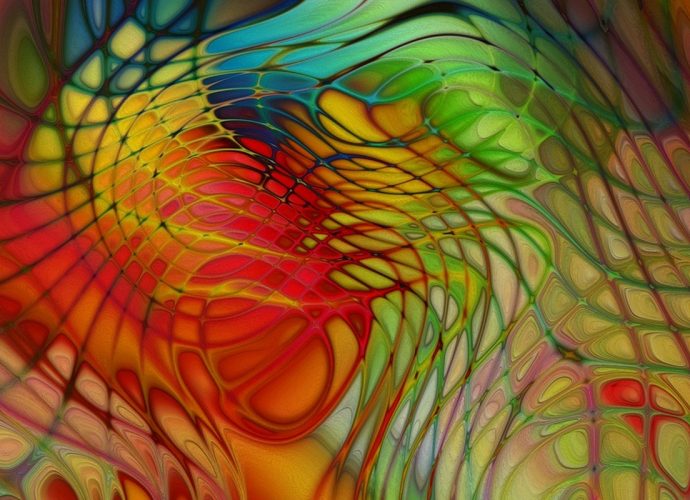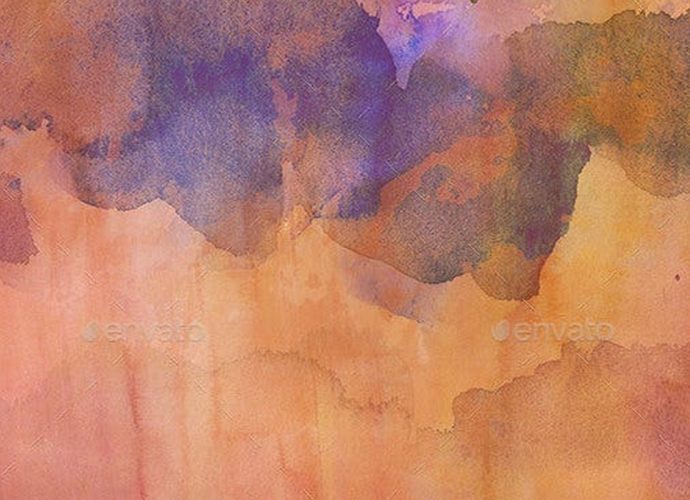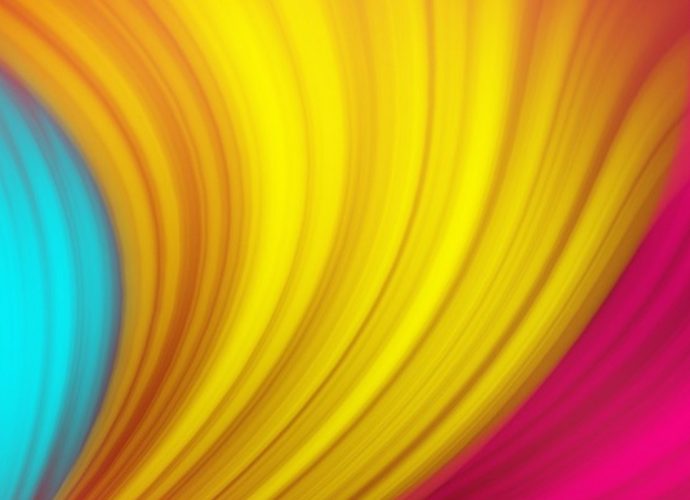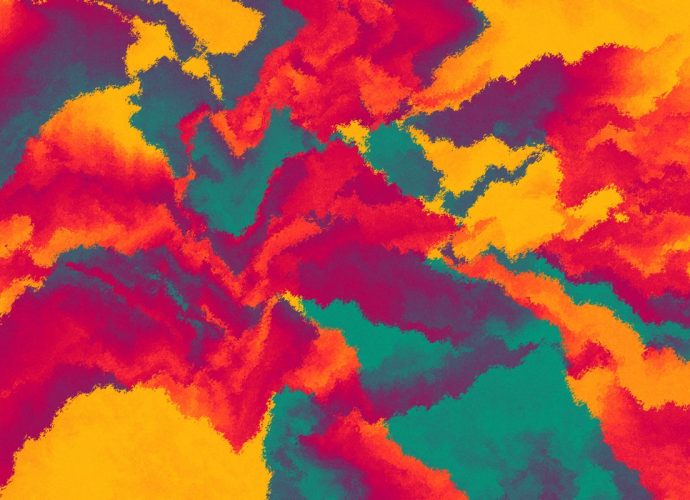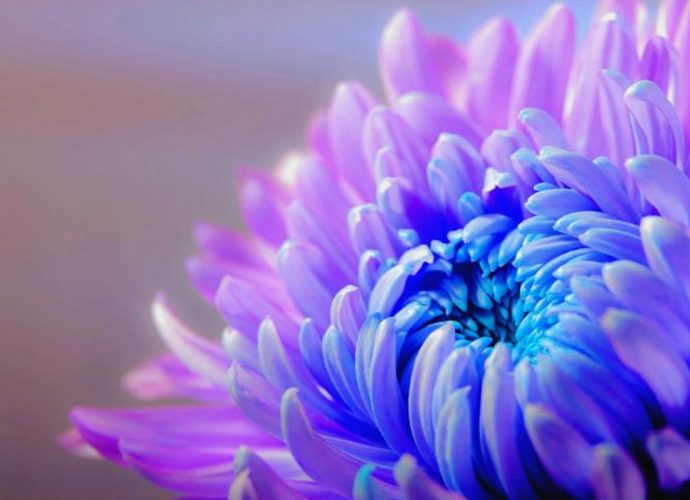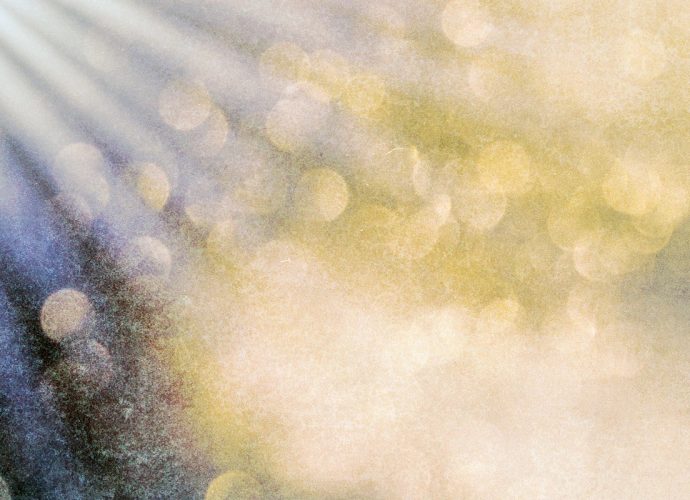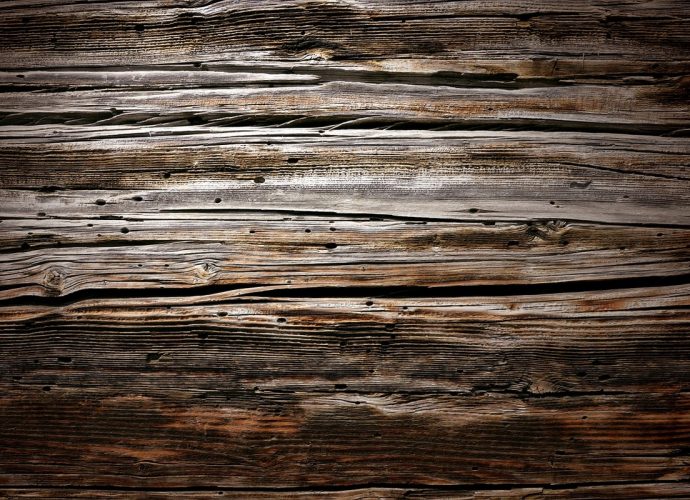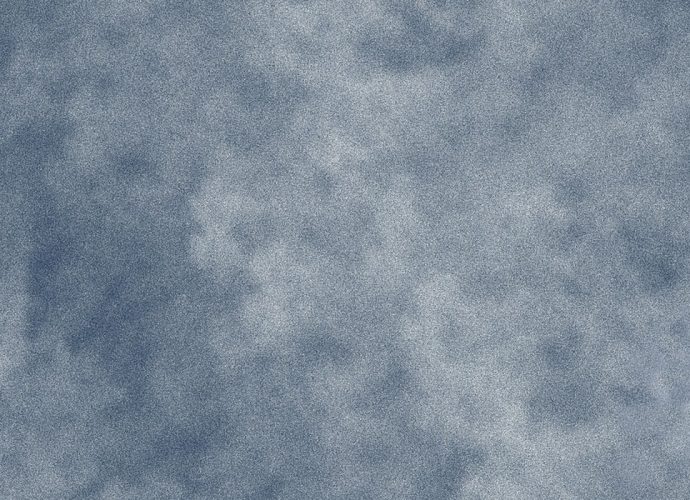How Many Planets Are Similar To Earth?
Venus is sometimes called Earth’s twin because Venus and Earth are almost the same size, have about the same mass (they weigh about the same), and have a very similar composition (are made of the same material). They are also neighboring planets. However, Venus and Earth are also very different.Read More →

